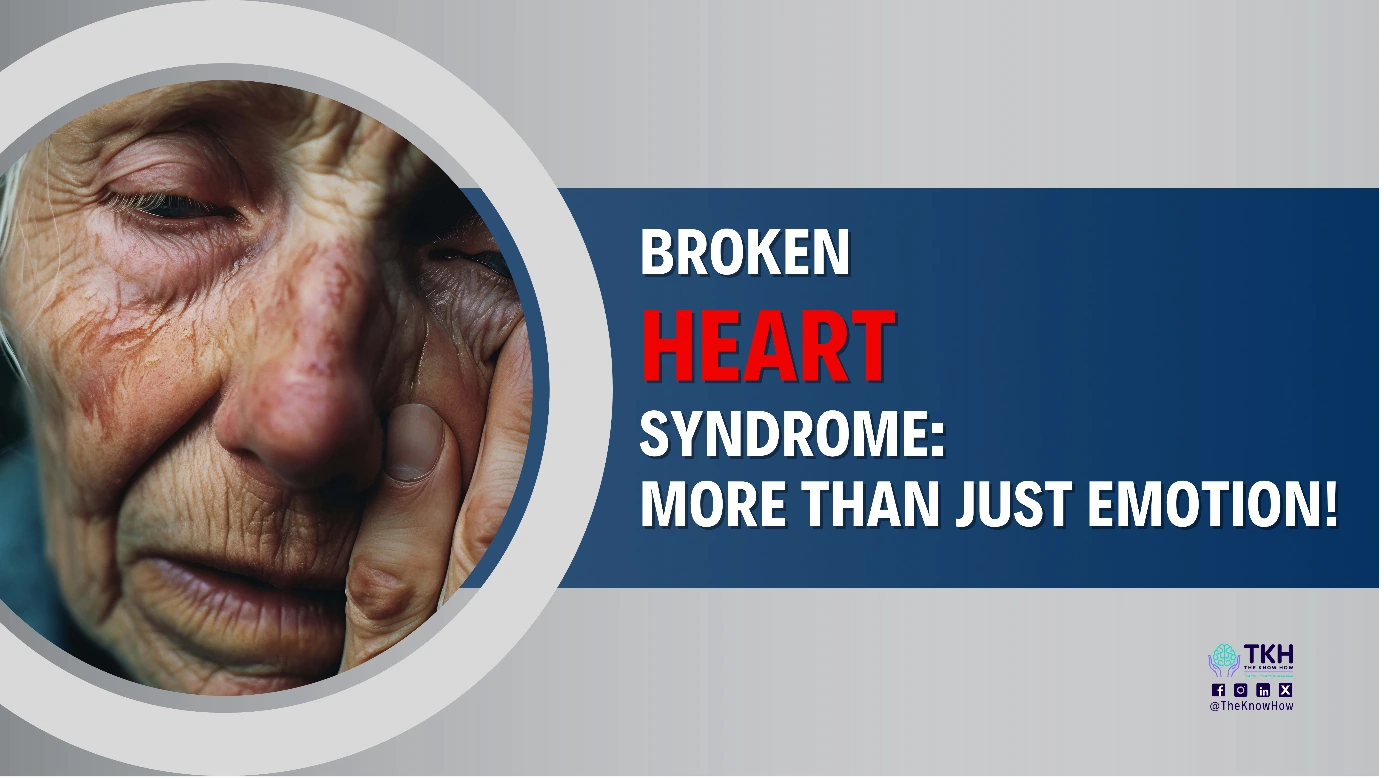
Yes, you can have a joyful vacation!
Is vacation possible for me with a chronic illness?
Yes! With proper planning, persons with chronic conditions such as diabetes, heart or respiratory ailments, and even cancer may travel safely and enjoy their vacation. It is important to address potential risks ahead of time and be medically prepared.
What should I keep in mind before starting my journey?
A consultation with a doctor is recommended—ideally a few weeks before the start of your trip. This includes clarifying travel suitability, the individual medication plan, and necessary vaccinations.
Travel duration, time difference, climate, infrastructure, and planned activities should also be taken into account, as they significantly influence your health.
What should be included in my travel first-aid kit?
- Take with you all regularly taken medications—in sufficient quantity and with a reserve for delays.
- Temperature-sensitive medications such as insulin should be kept in a cooler bag or a special case with cooling elements.
- Diabetics should also carry glucose, a measuring device, and an up-to-date dosage list.
- People with respiratory illnesses—such as asthma or COPD—should definitely pack spare inhalers.
- It is also important to bring medications in their original packaging and with the package insert to facilitate import and prevent confusion.
Is there anything to keep in mind when flying?

Yes.
Medications, especially emergency medications, should always be kept in hand luggage.
Anyone carrying syringes or liquid medication should have a doctor’s certificate with them—this is often required during security checks.
For people with cardiovascular diseases or a risk of thrombosis, the following applies: drink plenty of fluids, exercise regularly, and wear compression stockings if necessary. In high-risk cases—for example, people with a history of thrombosis or lung embolism—an anti-thrombosis injection before the flight may also be recommended. Talk to your doctor!
In the case of asthma and COPD, the dry cabin air and reduced oxygen saturation at high altitudes are stressful. Therefore, the inhaler and spacer should be readily available. Those who require oxygen should arrange for the carriage of the necessary equipment with the airline in good time—many airlines also offer oxygen on board after prior notification. Whether air travel is possible with COPD depends on the severity of the disease and the individual’s physical resilience.
With diabetes, the insulin plan must be adjusted for long-haul flights with time zone changes. The times of intake should be agreed upon with the treating physician in advance in order to avoid hypoglycemia or hyperglycemia.
What documents should I bring along?
An emergency medical identification card with information about the underlying condition, current medications, and allergies is indispensable—ideally also digitally on a smartphone. In addition, travel health insurance with a repatriation option and your Insurance Card should not be missing for trips abroad.
Important to know: Chronic illnesses such as COPD, diabetes, cardiovascular diseases, or immune-related diseases must be declared when taking out travel insurance—also to the tour operator. If a pre-existing condition is concealed, insurance coverage may be voided in the event of a claim.
Translations of important medical terms such as “insulin,” “asthma,” “heart medication,” or “emergency” are also helpful. There are apps that translate medical information or digitally store emergency cards—this greatly facilitates communication in an emergency.
Are there any travel destinations that are less suitable?

Yes, that depends entirely on the illness.
People with cardiovascular problems should avoid extreme heat or high altitudes. High temperatures put additional strain on the circulatory system, and at high altitudes, the lower oxygen content can lead to complications.
Humid and hot climates, high altitudes, and smog-laden air are also problematic for COPD patients—moderate regions with good air quality, such as coastal areas, are usually better suited.
Diabetics, in turn, must pay attention to the increased need for fluids during active vacations in warm countries and check their blood sugar more frequently in order to detect fluctuations early on.
Are there any travel destinations that are less suitable?
Most important: stay calm and be prepared.
Those affected should always know where their emergency medication is located—and fellow travelers should be informed about how they can help in an emergency.
If severe hypoglycemia, shortness of breath, or chest pain occurs, the rule is to call for immediate medical assistance. Get informed of the local emergency number at your holiday destination.
An emergency ID card—digital or printed—with your medical history and your medication helps medical personnel react quickly and correctly.
Medication should never be stopped or changed without consulting a doctor. If you need help abroad, you can contact hotel staff or tour guides—they usually know the nearest medical facility.
Finally: Being Prepared Brings Relaxation
Travel should bring recovery and fun. That works best with a good feeling of being safe and prepared. Those who plan and prepare their trip well can enjoy a relaxing vacation even with a chronic illness.
We wish you a great summer vaccation time!

Polycystic Ovary Syndome (PCOS): Know the signs, take action!
Rare Genetic Disorder: Awareness, Diagnosis & Support
Spinal Muscular Atrophy (SMA): Understanding a Genetic Disorder!
Psoriasis Awareness Month – Sensibilisation et Solutions!
Heat Safety Tips: Protect Yourself from Extreme Heat
World Multiple Sclerosis Day 2025: “My MS Diagnosis”
Protect Your Skin: Shine a Light on Skin Cancer!
Related Posts
- Alzheimer´s Disease: Support-groups needed!
Introducing 4get-me-not, located in Dubai, the first social enterprise in the Middle East dedicated to…




